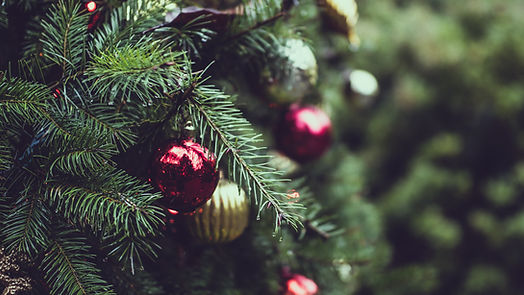
As a wrap up of my time in Ecuador, I thought i would share some of my thoughts on the fine pastries and baked items I have enjoyed while in Ecuador. in general I found that most of it was very good. it might seem a little dated in terms of style and refinement, but delicious! Portions, I found to be to much, and to some degree, to sweet.
The last image, Panaderia RDC is right next door to my hostel, Hostel Baruch. Very convenient for a guy that loves a hot cup of coffee and a light breakfast first thing in the morning. As you can see some of the equipment is dated, but to be honest, this is the kind of equipment i love and miss. Despite the benefits of modern technology, there are also pitfalls. The new stuff is incredible expensive, and cheaply made, and maintance costs run very high. The equipment pictured above is likely over 30 years old and still does the job. in fact it will still me working 30 years from now!
In terms of quality, it´s very good, as noted a little to big, and sweet. The value is exceptional, a continental breakfast with juice, coffee, eggs and bread is only $3 Canadian! I think that i will enjoy my time teaching here in the Fall, I´m sure we can bring them up to the standards of the Canadian and Europian expats.
I also had the good fortune to try many other bakeries and restaurants on my visit, here are a few links to my favorites;
Ecuadorian cuisine is diverse, varying with altitude, and associated agricultural conditions. Ecuadorian cuisine is an amalgamation of Spanish, Andean, and Amazonian cuisines and to a lesser degree Italian, Lebanese, African, and Chinese. Beef, chicken, and seafood are popular in the coastal regions, specially ceviche;[1] and are typically served with carbohydrate-rich foods, such as rice accompanied with lentils, pasta, or plantain, whereas in the mountainous regions pork, chicken, beef and cuy (guinea pig) are popular and are often served with rice, maize, or potatoes. A popular street food in mountainous regions is hornado, consisting of potatoes served with roasted pig. Some examples of Ecuadorian cuisine in general include patacones (green plantain slices fried in oil, mashed up, and then refried), llapingachos (a pan-seared potato ball), and seco de chivo (a type of stew made from goat). A wide variety of fresh fruit is available, particularly at lower altitudes, including granadilla, passionfruit, naranjilla, several types of banana, uvilla, taxo, and tree tomato.
The food is somewhat different in the southern mountainous areas, featuring typical Loja food such as repe, a soup prepared with green bananas; cecina, roasted pork; and miel con quesillo, or "cuajada", as dessert. In the rainforest, a dietary staple is the yuca, elsewhere called cassava. The starchy root is peeled and boiled, fried, or used in a variety of other dishes. Across the nation it is also used as a bread, pan de yuca, which is analogous to the Brazilian pão de queijo and its often consumed alongside different types of drinkable yogurt. Many fruits are available in this region, including bananas, tree-grapes, and peach-palms.
For more specific details on desserts and baked goods click here.
I would like to thank my gracious hosts for the great time Ive had in Ecuador! If you are interested in getting more information, please dont hesitate contacting me at macgillb2@gmail.com, or to arrange a visit to Ecuador contact my travel partner here! Cheers, and have a great day!














Comments